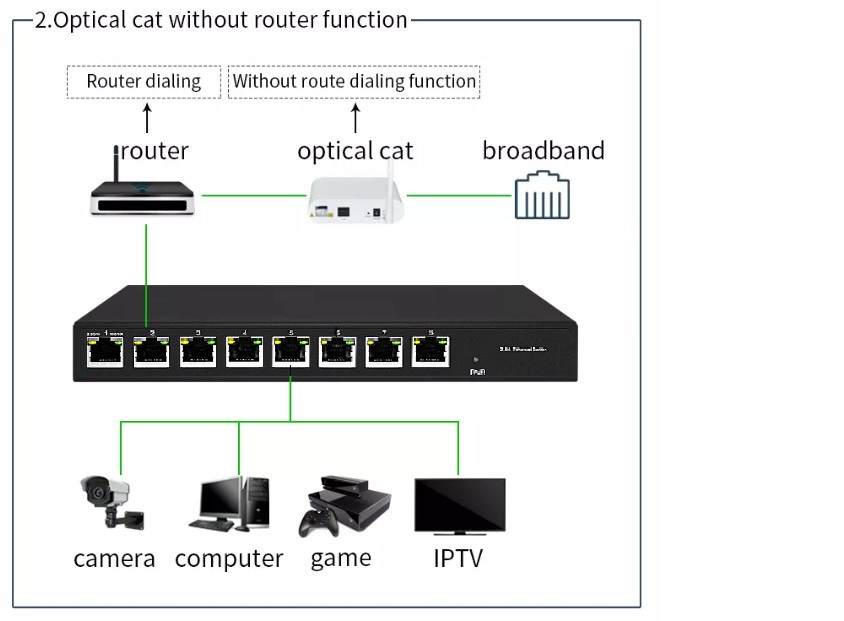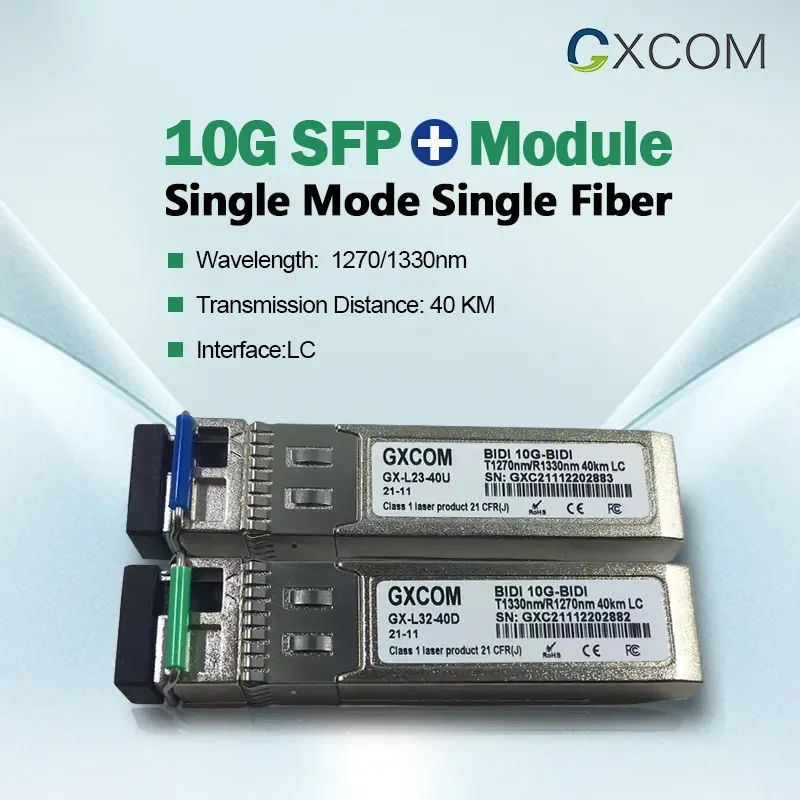What's PoE PoE+ and PoE++? How to choose from them?
PoE or Power over Ethernet is a proven time-saving and money-saving technology that securely provides data and power to a Local Area Network (LAN) over the same Ethernet cable. In the current market, if you pay attention to the types of Power over Ethernet switches, you will find PoE switches, PoE+ switches, and PoE++ switches. But how much do you know about these three PoE switch types?
What is the difference between PoE vs PoE+ vs PoE++?
And how to make an appropriate choice among them?
What are PoE and PoE switches?
>> What is PoE?
PoE technology was defined by the IEEE 802.3af standard in 2003, according to which PoE allows PDs (Powered Devices) such as VoIP phones to receive up to 12.95W of PoE wattage using only two of the four twisted-pair wiring available in Ethernet.
So what is a PoE switch?
A PoE switch is an application of PoE technology. As a type of PSE (Power sourcing Equipment), a PoE switch can supply power to PDs through Ethernet cables to implement network connections.
Typically, 802.3af switches support a maximum power consumption of up to 15.4W per PoE port and a voltage range between 44V and 57V. The voltage range of the PD connected to the PoE switch is 37V to 57V.
>> What are PoE+ and PoE+ switches?
PoE+ technology (IEEE 802.3at standard) is an upgraded version of the PoE technology released in 2009.
PDs on the market often require more wattage. For example, wireless access points require more than 12.95W PoE wattage to work normally. To solve this problem, PoE plus technology came into being, which can support high power consumption.
Similar to PoE network switches, PoE plus switches are also powered by two pairs, but it adds an additional power class capable of delivering up to 25.5W to PDs with a voltage range of 42.5V to 57V, and PoE+ switches have a maximum output power of 30W per port with a voltage range of 50V to 57V.
>> What are PoE++ and PoE++ switches?
In order to add more power to a wider range of equipment applications, the IEEE 802.3 standard again required that its PoE+ technology be upgraded to PoE++ (IEEE 802.3bt standard) in 2018.
PoE++ can be divided into two categories: Type 3 and Type 4.
Type 3 enables two or all four twisted pairs in a copper cable to deliver up to 51W to a PD, and Type 4 enables up to 71W at a PD on four twisted pairs in an Ethernet cable.
By the way, Cisco's proprietary technology UPoE (Universal Power over Ethernet) works similarly to PoE++ Type 3, which extends the IEEE PoE+ standard by doubling the PD's power to 51 watts. In some cases, UPoE is also known as PoE++.
An upgrade to Power over Ethernet switches and PoE plus switches, PoE++ switches can deliver up to 60W per PoE port in Type 3 and up to 100W in Type 4.
PoE vs. PoE+ vs. PoE++ Switches: Which to Choose?
Based on the above introduction, a reference chart is provided below to summarize the detailed specifications between PoE vs PoE+ vs PoE++, which may help to choose a PoE switch according to different requirements.
Obviously, the main difference between PoE vs. PoE+ vs. PoE++ switches is their mode of operation and power supply, which reflects their application, 802.3af switches are usually used to support devices that require less than 15.4W of power, such as VoIP phones, sensors, meters, wireless access points with two antennas, and simple static surveillance cameras that cannot pan, tilt or tilt.
As for the PoE+ switch, it supports devices such as more complex pan, tilt or zoom surveillance cameras, as well as wireless access points and video IP phones with six antennas. PoE++ Type 3 switches are more powerful and can support devices such as video conferencing system components and building management equipment, and PoE++ Type 3 switches can support devices such as laptops and televisions.
Assuming your data center requires only low standard power levels, you might stick with PoE switches, however, if you want to build a more robust and high-performance network with many different devices and don't want to bother with port limitations, then choosing a PoE+ or PoE++ switch would be the right choice.
When starting to build a more demanding infrastructure or planning an upgrade, it may be wiser to look at PoE+ or PoE++ technology, however, not everyone needs a full upgrade and if your current PoE solution is sufficient and meets your needs, it may make sense to retain your existing PoE network design.
 Do I need a managed switch for PoE cameras?
Do I need a managed switch for PoE cameras?
 How to do PoE troubleshooting?
How to do PoE troubleshooting?
 SFP Compatibility Guide and How to Use a Compatible SFP Module?
SFP Compatibility Guide and How to Use a Compatible SFP Module?